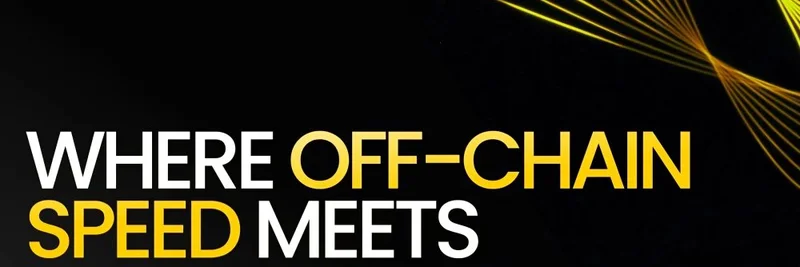Hey there, crypto enthusiasts! If you’ve been scrolling through X lately, you might have stumbled upon an intriguing post by Ben @HypoNyms (link to tweet). Posted on July 25, 2025, Ben argues that decentralized finance (DeFi) shouldn’t just copy centralized finance (CeFi) to solve the problems faced by traditional market makers. Instead, he believes DeFi needs to carve out its own innovative path to truly succeed. Let’s dive into this hot topic and unpack what it means for the future of finance!
Why DeFi Shouldn’t Mirror CeFi
Ben’s main point is a wake-up call for the crypto community: mimicking CeFi—think banks and traditional financial institutions—might seem like an easy fix, especially when tradfi (traditional finance) market makers are struggling. But here’s the catch: DeFi’s strength lies in its decentralized nature. Unlike CeFi, which relies on centralized authorities to manage transactions and ensure liquidity, DeFi operates on smart contracts and peer-to-peer networks, like those built on Ethereum. Copying CeFi could strip away this unique advantage and leave DeFi vulnerable to the same issues plaguing traditional systems.
For those new to the terms, DeFi (decentralized finance) is a system that uses blockchain technology to offer financial services—loans, trading, and more—without middlemen. CeFi (centralized finance), on the other hand, involves centralized entities like banks or exchanges (e.g., Coinbase) that control the process. Ben’s argument is that adapting DeFi to fit CeFi’s mold could mean losing the lower fees, autonomy, and transparency that make DeFi appealing, as explained in resources like TechTarget’s CeFi vs. DeFi breakdown.
The Call for Innovation
So, what’s the alternative? Ben suggests that DeFi needs something new—something that leverages its decentralized roots to outshine CeFi. This could mean developing better algorithms, enhancing security protocols, or even creating new financial products that traditional systems can’t replicate. For instance, projects like Lombard Finance, mentioned in a reply by @nze_nwata, are already exploring ways to integrate Bitcoin into DeFi through liquid staked tokens (LSTs) like LBTC. These innovations allow Bitcoin holders to earn yield while keeping their assets secure, a concept that’s hard to imagine in a CeFi framework.
Innovation also means addressing DeFi’s challenges head-on. Yes, DeFi can be complex and a target for hackers due to its reliance on smart contracts (as noted by Investopedia). But rather than retreating to a centralized model, the community could focus on building stronger defenses and user-friendly interfaces. This “adapt or be left behind” mindset is what could propel DeFi to the next level.
What the Community Thinks
The thread sparked some interesting reactions. @Tristan0x asked for Ben’s proposal, showing a hunger for concrete ideas. Meanwhile, @nze_nwata cheered Ben on and pointed to Lombard Finance as a potential leader in the DeFi space. These responses highlight a growing conversation about how DeFi can evolve. It’s clear that the community is eager for solutions that don’t just patch up CeFi’s problems but redefine what finance can be.
The Bigger Picture
As of July 26, 2025, this debate is more relevant than ever. With less than 1% of global money tied to crypto and DeFi (Investopedia), there’s massive room for growth—but only if DeFi embraces its unique potential. By rejecting the urge to imitate CeFi, DeFi could lead the charge in financial innovation, offering a model that’s more inclusive, cost-effective, and resilient.
What do you think? Should DeFi stick to its decentralized guns or borrow from CeFi to solve its issues? Drop your thoughts in the comments, and let’s keep this conversation going! For more insights into the latest crypto trends, check out Meme Insider and explore our growing knowledge base on meme tokens and blockchain tech.



